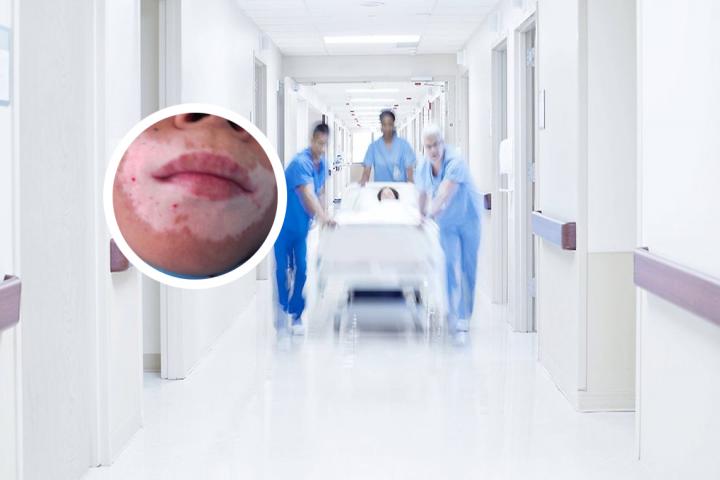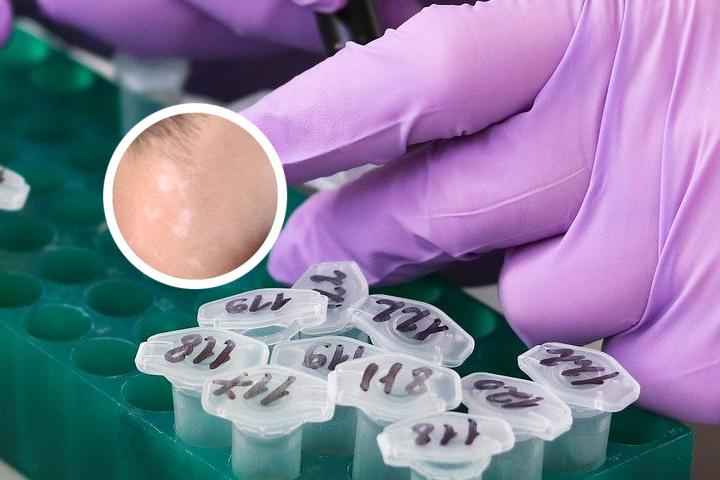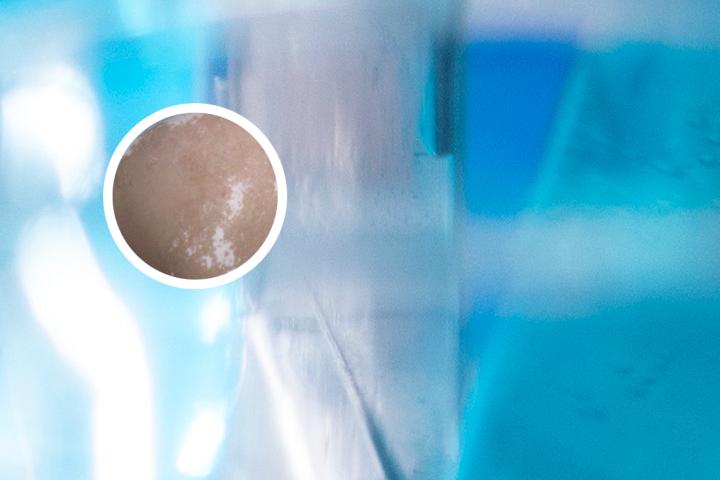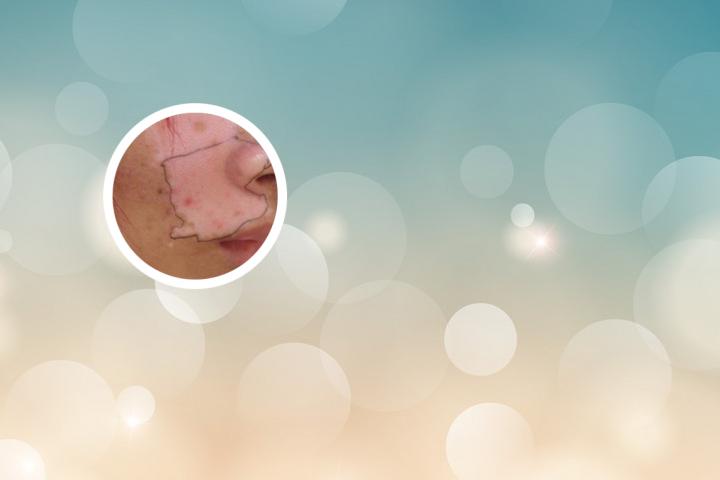White Spot Disease Care for College English Upgrade

As an expert on vitiligo, I have extensive knowledge of its treatment and can provide unique and professional insights into all questions related to vitiligo.
What is vitiligo?
Vitiligo is a skin disease that results in the loss of natural pigment from the skin, leading to the formation of white patches on the skin. The disease is caused by the destruction of melanocytes, the specialized cells that produce melanin, which gives color to the skin.
What causes vitiligo?
The exact cause of vitiligo is unknown, though researchers believe that it may be an autoimmune disorder in which the body's immune system mistakenly attacks its own melanocytes. Genetic factors and exposure to certain environmental factors may also play a role in the development of the disease.
What are the symptoms of vitiligo?
The primary symptom of vitiligo is the appearance of small or large white patches on the skin. These patches may appear anywhere on the body, and may be symmetrical or asymmetrical in shape. In some cases, white hair or premature graying of hair may also occur.
How is vitiligo diagnosed?
Vitiligo is usually diagnosed through a physical examination of the skin and a review of the patient's medical history. Additional tests, such as a skin biopsy or blood tests, may be performed to rule out other possible conditions.
What are the treatment options for vitiligo?
There are several treatments available for vitiligo, including topical corticosteroids, light therapy, topical calcineurin inhibitors, and, in severe cases, surgery. The choice of treatment depends on the severity and location of the patient's vitiligo, as well as their overall health.
What are the best ways to care for vitiligo?
To care for vitiligo, patients should take steps to protect their skin from further damage, such as avoiding prolonged sun exposure and using sunscreen regularly. They should also work with their healthcare provider to develop a treatment plan that meets their individual needs.
Is vitiligo curable?
Currently, there is no cure for vitiligo. However, many treatments are available that can help improve the appearance of the skin and reduce the progression of the disease. With proper care and treatment, the impact of vitiligo on a patient's quality of life can be minimized.










